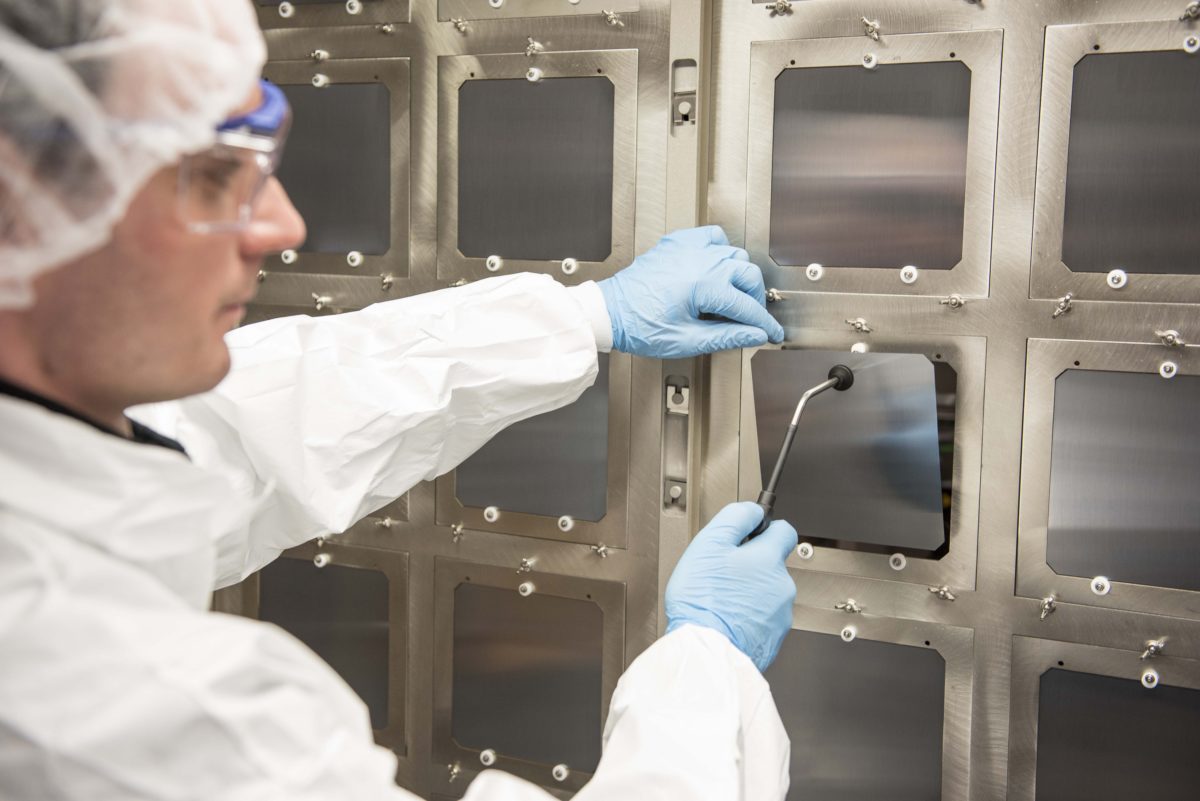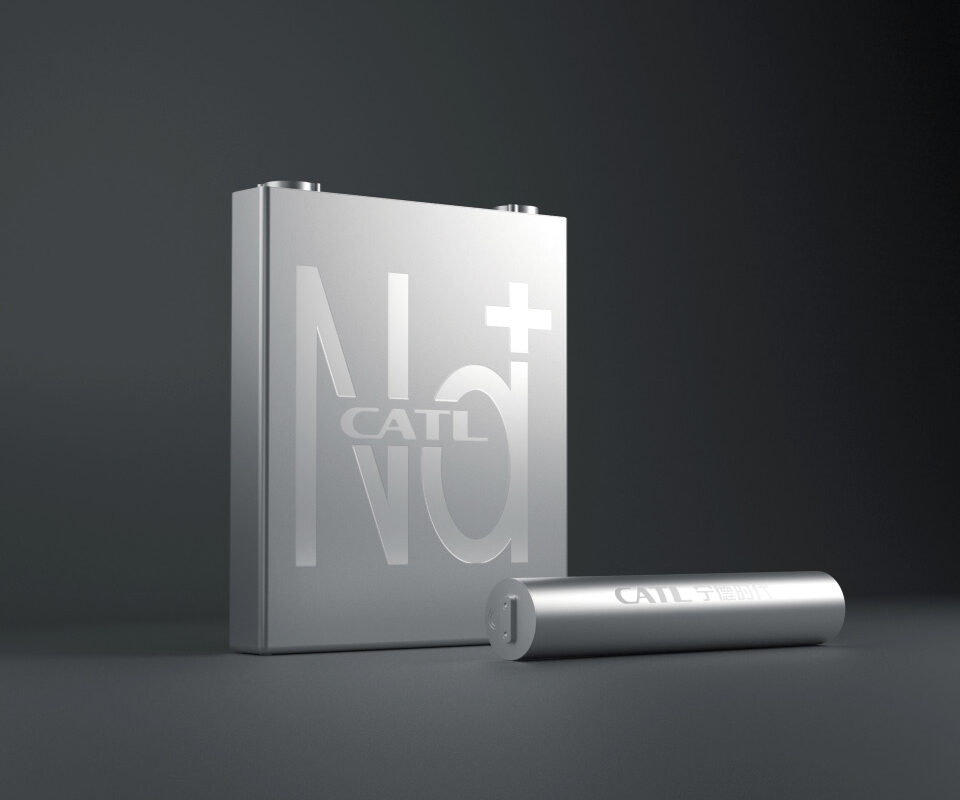With its perovskite-silicon tandem solar cell, Oxford PV has reached an efficiency of 27.3% on a cell measuring 1cm². The company notes that this exceeds the world record efficiency of 26.7% for a single junction silicon solar cell.
While the cell is much smaller than those seen in commercial solar applications, Oxford PV points out that it has achieved similar results on ‘full size’ cells of the same material.
“1 cm2 is the typical research size that laboratories use for certification. We have already scaled this technology to full size 156 mm x 156 mm cells,” Oxford PV Chief Technology Officer, Chris Case told pv magazine. “We do not officially report the efficiency of our full-size cells being produced in pilot quantities from our Germany factory. I can say, there is only a small difference between the research-sized devices and what we achieve on commercial sized silicon solar cells.”
Oxford PV is working on the commercialization of its perovskite-on-silicon technology, and acquired a pilot production line in Germany to produce the cells back in 2016. “We are continuing to push out perovskite-silicon solar cell technology with a roadmap that extends beyond 30% efficiency,” commented Case. “Oxford PV counts on the support of development partners, suppliers and customers to deliver its perovskite solar technology.”
The potential of perovskite materials for low-cost, high efficiency solar cells has long been known by researchers, and while this is an impressive result for Oxford PV, it is stability that has long held perovskites back.
Asked about this, Case responded, “Our company has tested perovskite-silicon cells under the same tests that PV module makers use to certify their products, that is, IEC accelerated stress tests. We have passed those same IEC tests known as damp heat, thermal cycling and light soaking, a good indication that the cells will perform well in modules and when exposed to many years of outdoor usage.”
Oxford PV added that with this technology, it is targeting the development of a 360 W, 60 cell module, which should be available by the beginning of 2019.
This content is protected by copyright and may not be reused. If you want to cooperate with us and would like to reuse some of our content, please contact: editors@pv-magazine.com.




Hi,we are looking solar energy system for Pakistan please contact us Email ,think4energy@gmail.com or mob,07957692573 or 07405230759 Raja